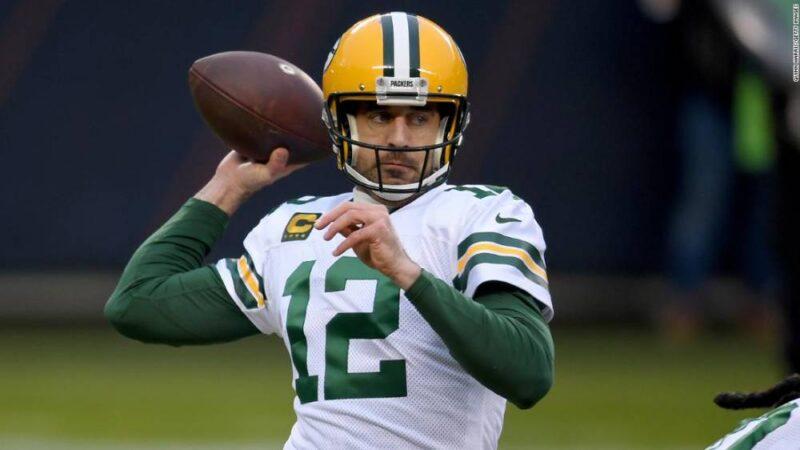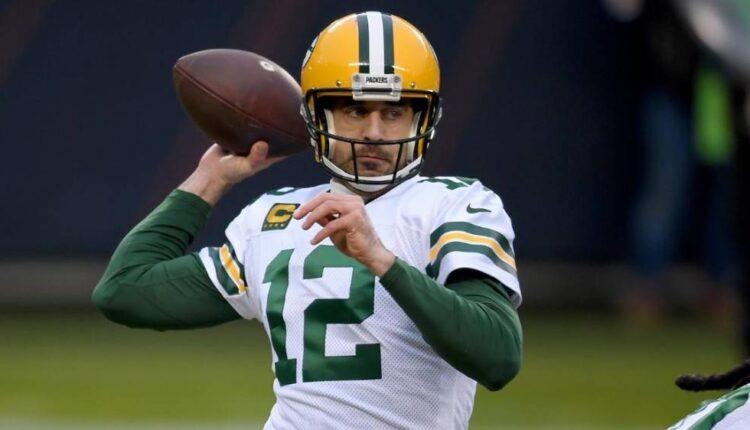New York (CNN Business)One month into the 2021 season, the NFL’s viewership is up around 17% compared to this time last year. The league is attracting an average of roughly 17 million viewers across its various network partners, according to Nielsen data.
Those numbers are not only pretty good, but also represent a turnaround from last year. Patrick Crakes, a former Fox Sports executive turned media consultant, is not surprised.”It’s defied every trend inside media for a decade,” Crakes told CNN Business. “Why wouldn’t it continue to?”
The NFL is the the most reliable ratings driver on TV. This is why NBC, CBS, ESPN/ABC, Fox and Amazon paid more than $100 billion to renew their media contracts with the league earlier this year.
But the NFL’s ratings have ebbed and flowed over the past few years, with last year’s ratings down about 10% from 2019, so it is notable that viewership has bounced back so considerably.Read MoreHere are few reasons why.
Fans are back in the stands
The coronavirus disrupted everything, and the NFL was no exception. The league’s viewership in 2020 — despite notching some of the highest ratings on TV — suffered from the same issues that plagued all major sports: a lack of fans in attendance. That’s not the case this year, and it’s helping boost viewership, according to Jay Rosenstein, a former VP of programming at CBS Sports.

NFL signs more than $100 billion in media deals and gives Amazon exclusive games”As television executives, we always talk about where’s the best scene? What venue provides the most enthusiasm and excitement and passion and all of that,” Rosenstein said. “And that’s what you get from stands being full again.” Rosenstein explained that when it comes to broadcasting games, “fans make a big difference.””It gives directors a place to go to capture the emotion of the game,” he said. “And obviously the sound. The volume brings it across to the people at home that this is something breathtaking.”
A lot of teams are good, including the Cowboys
Fans love to watch winning teams, and that’s been a benefit to the NFL’s ratings so far this year.Of the 32 teams, 13 have winning records, 12 of them with only one loss, and one, the Arizona Cardinals, remains undefeated. That amount of competitive parity gives a lot of viewers a reason to tune in. Sure, those records will likely change as the season goes on and games get tougher, but for now there are a lot of good teams to watch.And one of those teams is the Dallas Cowboys. Known as “America’s Team,” the Cowboys have long been one of the most popular franchises in the NFL, and at 3-1, are in first place in the NFC East.”They’re playing competitive and exciting games,” Rosenstein said. “Whether they win or lose, they obviously have a strong following.”
Marquee games have lived up to the billing
One of the most important things when it comes to the NFL’s ratings power season to season is just how exciting the games are. The closer the game, the more likely fans are to watch.Case in point, the last three Sunday Night Football games have been decided by a combined total of five points, and have all gone down to the wire. The Sunday night game, which airs on NBC, is one of the league’s marquee games each week.Those three games have also featured some of the NFL’s most popular players, including Patrick Mahomes, Lamar Jackson, Aaron Rodgers and Tom Brady, who last week returned to New England for the first time since leaving the Patriots.That match-up between Brady’s Tampa Bay Buccaneers and the Patriots was the most watched Sunday Night Football game since 2012, according to NBC.
Where does the NFL go from here?
There’s a lot of football left this season, so the ratings could go up and down.
But Rosenstein believes that as long as the games stay exciting and the league’s premier players — especially the quarterbacks — stay healthy there’s no reason why the numbers won’t keep climbing.”Anything can happen and injuries are always a concern, but I think that it’ll be a nice, steady season for the NFL,” he said. “It’s going to show increases where the rest of television is going in the opposite direction.”
Source: edition.cnn.com

